In today’s fast-paced digital world, microservices architecture has become the backbone of scalable and flexible software systems. Organizations are moving away from monolithic designs and embracing microservices to gain agility, faster deployment, and independent scalability. But with this shift comes a challenge often overlooked: documentation.
When software grows into a network of independently deployable services, how do teams ensure clarity, consistency, and accessibility in their documentation? Let’s dive into why modern documentation strategies are essential for microservices success—and how MP Nerds empowers businesses to get it right.
🧩 Microservices: A Modular Revolution
Microservices break down complex systems into smaller, focused components that can be developed, deployed, and scaled independently. This approach offers significant advantages:
- 🚀 Faster time to market: Teams can work on services in parallel.
- 🔁 Continuous delivery: Updates and fixes don’t require redeploying the entire system.
- 📈 Scalability on demand: Individual services can scale based on their unique load.
However, these distributed systems also introduce complexity in managing knowledge across dozens or hundreds of services. Without a unified documentation strategy, developers can quickly become overwhelmed.
📚 Modern Documentation Challenges in Microservices
- Decentralized Services, Centralized Knowledge?
Each service may have its own API, workflows, and dependencies. Keeping documentation synchronized becomes critical.
- Version Control Across Teams
Microservices evolve independently, requiring dynamic documentation that reflects changes in real-time.
- Onboarding and Cross-Team Collaboration
Developers moving between services need clear guides to avoid missteps.
- Automation and Discoverability
Static documentation is no longer sufficient. Teams need auto-generated, interactive docs tied to their codebase and deployment pipelines.
📝 Modern Documentation Strategies for Microservices
✅ API-First and Documentation-Driven Design
Start with API specifications (like OpenAPI/Swagger) to create living documents that guide development and remain relevant.
✅ Documentation as Code (Docs-as-Code)
Leverage Git-based workflows so docs evolve alongside the code, enabling peer reviews and version control.
✅ Interactive and Modular Docs
Tools like Postman, Stoplight, and GraphQL playgrounds enable developers to experiment directly with APIs within the documentation.
✅ Service Discovery Portals
Build centralized portals for all service-related docs to help teams locate and understand microservices easily.
🤝 How MP Nerds Helps Companies Adapt
At MP Nerds, we understand the unique demands of microservices architectures and bring expertise in building modern, scalable documentation ecosystems:
✨ Customized Documentation Frameworks
We design tailored strategies for companies transitioning to microservices, ensuring docs remain consistent and modular.
✨ Integration with CI/CD Pipelines
By embedding documentation workflows in CI/CD, we enable auto-generation and live updates, reducing manual overhead.
✨ Collaboration-First Tools
We implement solutions that support multi-team contributions while maintaining clarity and governance.
✨ API Gateway Documentation Solutions
Our team helps create developer portals that serve as a single source of truth for all your services.
📌 Why It Matters
Modern documentation isn’t just about writing—it’s about creating dynamic, accessible, and interactive ecosystems for developers, testers, and stakeholders. When paired with microservices, these strategies unlock productivity and reduce friction across teams.
With MP Nerds, you don’t just build microservices—you build them right, supported by documentation that scales with your innovation.
🌐 External Insight: The State of Microservices 2025 – Martin Fowler Blog
Explore how microservices continue to shape software development in 2025.
🌟 MP Nerds is here to help your business architect both your systems and your knowledge management for the future. Let’s future-proof your documentation for a microservices world.






